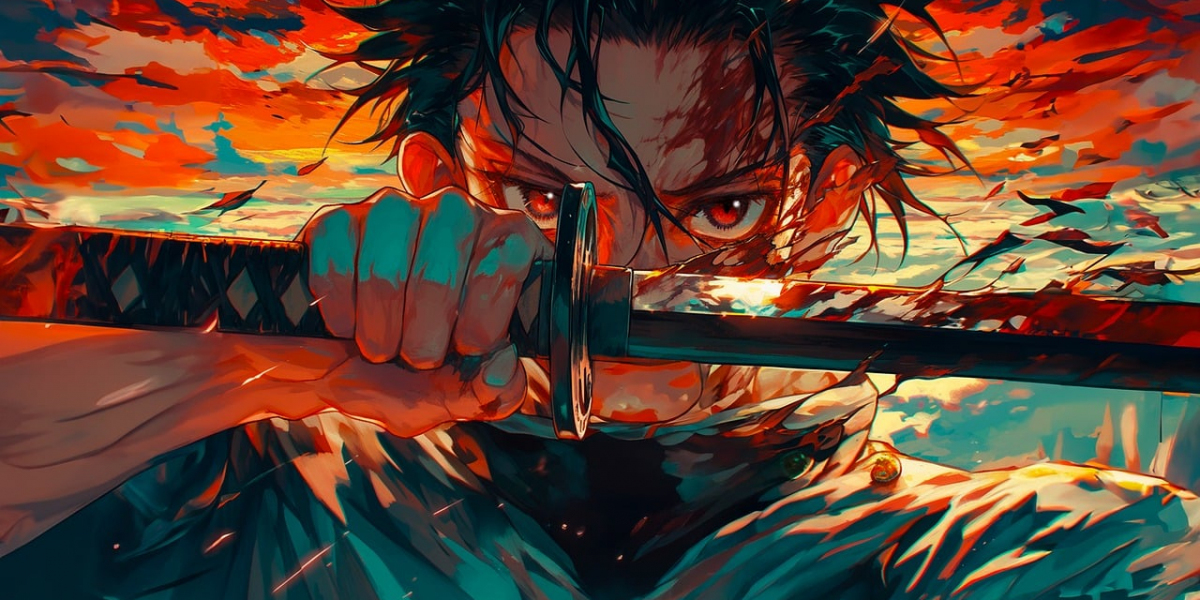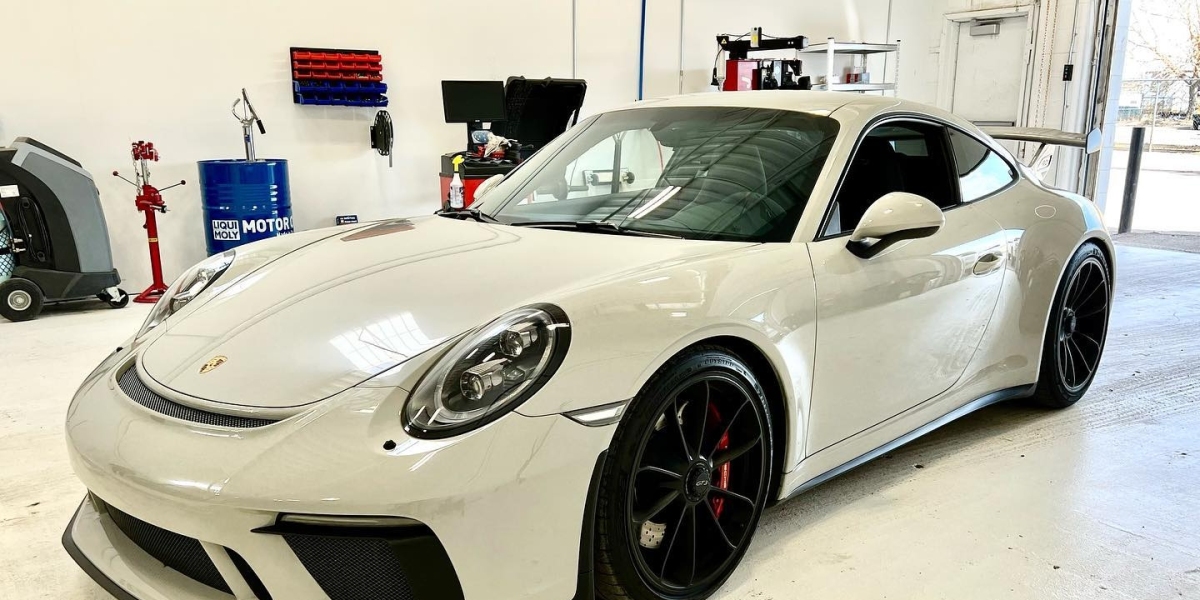1. The Birth of Anime: 1960s to 1980s
The history of anime begins with hand-drawn animation techniques, and one of the first names that come to mind is Osamu Tezuka, often called the "God of Manga" and the pioneer of modern anime. His creation, Astro Boy (1963), was one of the first anime to capture widespread attention.
During the 70s and 80s, anime continued to grow with the introduction of iconic titles like Mobile Suit Gundam and Lupin the Third. These shows established genres that are still popular today, from mecha to action-adventure, and influenced the visual language of anime storytelling.
2. The Golden Age of Anime: 1990s
The 1990s are often considered the "Golden Age" of anime. This era saw the rise of anime studios such as Studio Ghibli, known for masterpieces like Princess Mononoke and Spirited Away. These films introduced the world to a deeper, more artistic form of anime that went beyond mere entertainment.
Popular TV series like Neon Genesis Evangelion (1995) redefined psychological storytelling in the mecha genre, while Cowboy Bebop (1998) set the standard for stylish, genre-blending space adventures. The 90s also gave rise to beloved shonen series like Dragon Ball Z and Yu Yu Hakusho, which continue to influence modern action anime.
3. The Digital Shift: 2000s
The 2000s brought a significant shift in anime production with the widespread use of digital animation techniques. This period also saw the globalization of anime, with hits like Naruto, One Piece, and Fullmetal Alchemist reaching international audiences.
Anime studios such as Madhouse and Bones became synonymous with high-quality, visually stunning shows. Meanwhile, the genre of "slice of life" gained popularity with series like Clannad and Honey and Clover, which focused on the emotions and experiences of everyday life.
4. The Streaming Era and Modern Masterpieces: 2010s to Present
The 2010s marked the explosion of anime into the mainstream, thanks to the rise of streaming services like Crunchyroll and Netflix. Shows like Attack on Titan (2013), My Hero Academia (2016), and Demon Slayer (2019) garnered massive global followings, catapulting anime into new heights of popularity.
Studio Ufotable’s stunning work on Demon Slayer elevated the visual and cinematic quality of anime, while films like Your Name (2016) and Weathering With You (2019) from director Makoto Shinkai brought emotional, beautifully animated stories to a worldwide audience.
Meanwhile, the medium continues to explore new genres and themes. Shows like Beastars, Mob Psycho 100, and Jujutsu Kaisen push boundaries with their unique storytelling and animation styles.
5. The Future of Anime
The future of anime looks brighter than ever. With advances in technology, anime studios are experimenting with AI, 3D animation, and virtual reality. Additionally, the lines between anime and Western animation are increasingly blurred as creators collaborate across cultures.
As new generations of animators and storytellers rise, we can expect anime to continue evolving and offering fresh, innovative narratives. Whether you prefer the classics or the latest releases, there's never been a better time to be an anime fan.
Conclusion
From the earliest hand-drawn sketches to today’s digital masterpieces, anime has come a long way. It continues to captivate audiences worldwide with its unique ability to combine art, storytelling, and emotion. Whether you're a fan of the action-packed shonen series or prefer the depth of character-driven narratives, anime offers something for everyone. What’s your favorite era of anime? Let’s discuss in the comments!









